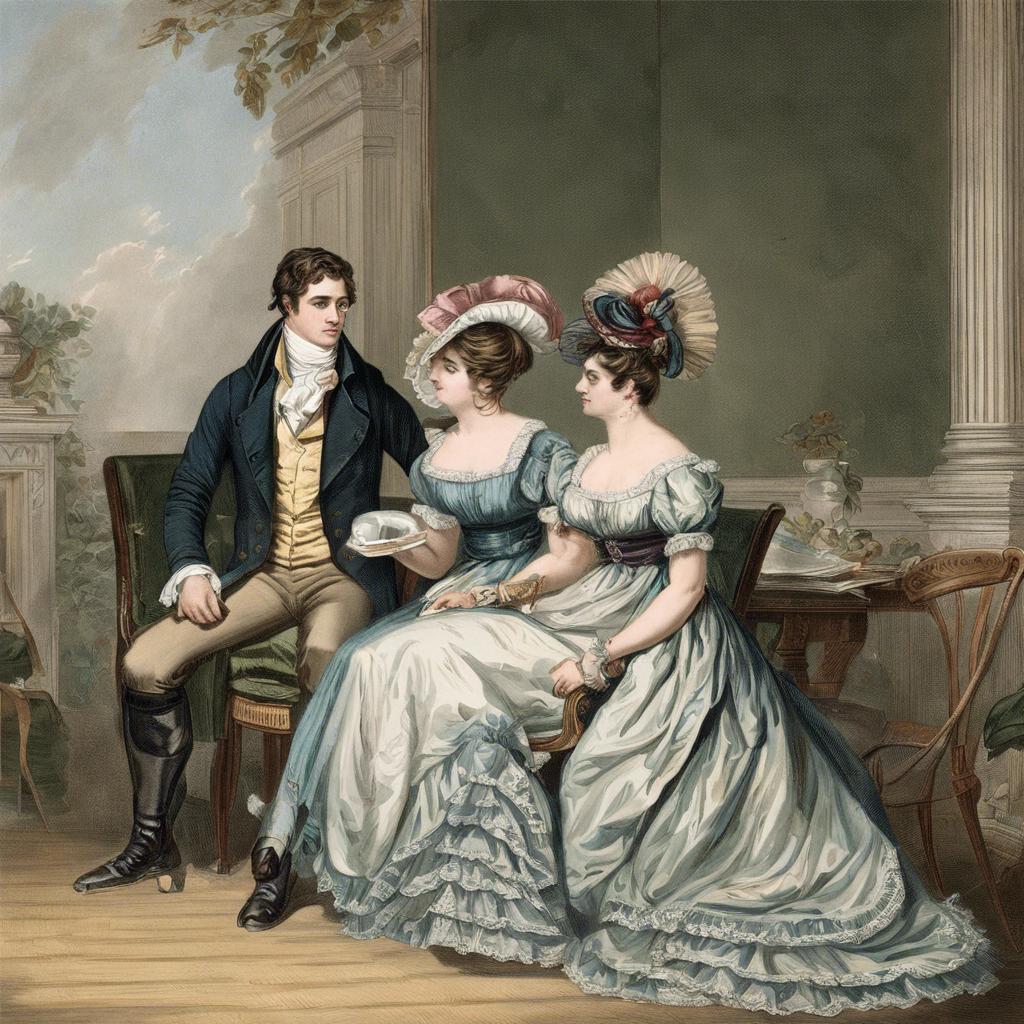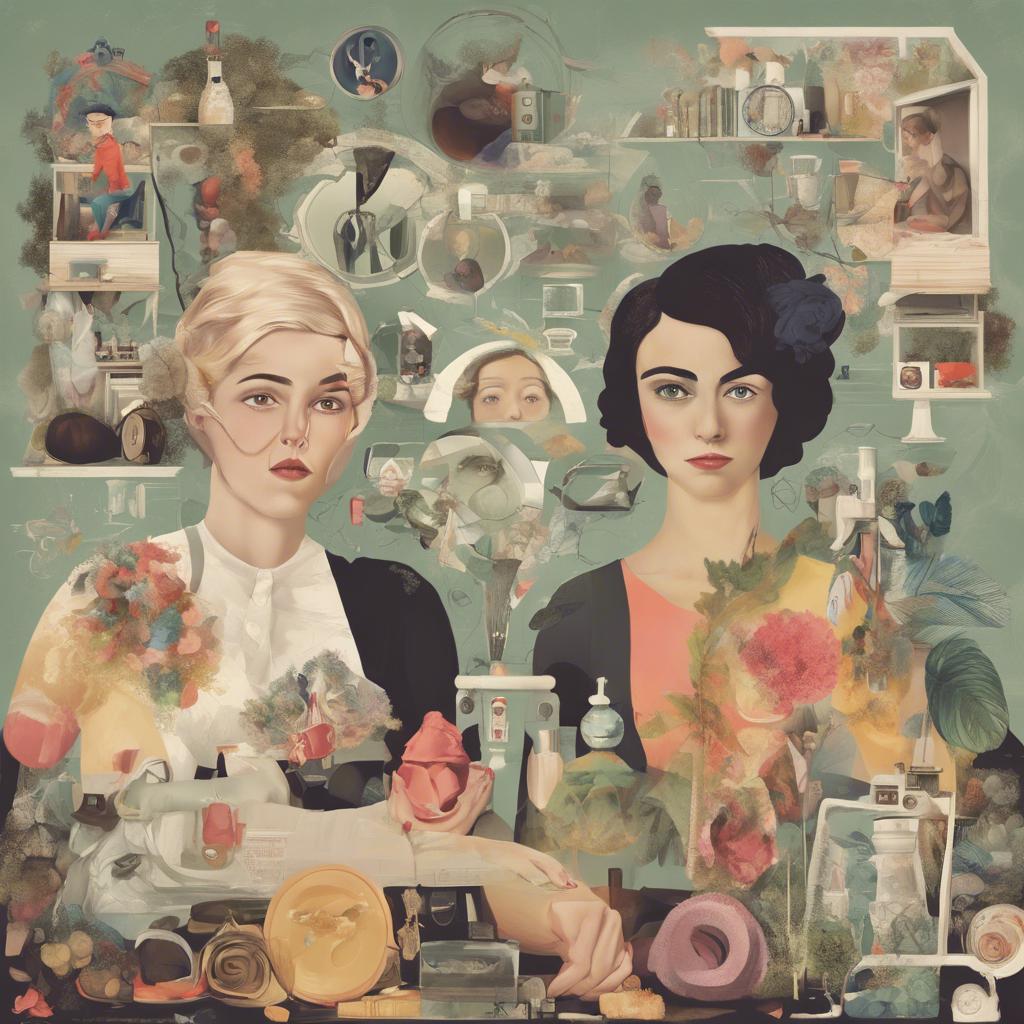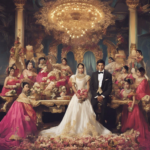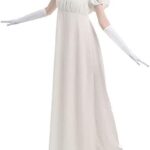During the Regency era, a strict set of gender roles dictated the behavior and expectations of men and women in British society. These roles were deeply ingrained and shaped every aspect of daily life, from social interactions to marital relationships. Understanding the nuances of gender roles during this period provides valuable insight into the attitudes and beliefs of the time. In this article, we will explore the intricacies of Regency era gender roles as they were reflected and reinforced in both public and private spheres.
Step Into the World of Cheryl Bolen
Dive into the enchanting stories of love, intrigue, and elegance set in the Regency Era. Cheryl Bolen's novels offer timeless romance and captivating tales that will leave you wanting more.
Explore Cheryl Bolen's Books Now
Regency Era Gender Roles: The Influence of Social Class
In the Regency Era, gender roles were heavily influenced by social class, shaping the expectations and behaviors of men and women in British society. Upper class women were expected to embody ideals of femininity, such as purity, piety, and domesticity. They were primarily responsible for managing the household, overseeing social events, and bearing and raising children. Lower class women, on the other hand, often worked outside the home in roles such as domestic service or factory labor, where they had more freedom but less social status.
Upper class men were expected to be the breadwinners and decision-makers of the household, often pursuing careers in politics, law, or the military. They were also expected to uphold ideals of honor, courage, and stoicism. Lower class men faced different expectations, often working in manual labor jobs to support their families. They had less social mobility and power compared to their upper-class counterparts.
The rigid gender roles of the Regency Era were reinforced by societal norms and expectations, with little room for deviation. Despite the differences between social classes, both men and women were expected to adhere to strict codes of behavior that reflected their place in society. These gender roles played a significant role in shaping the dynamics of relationships, family structures, and social hierarchies during this historical period.
Defining Masculinity and Femininity in Regency Society
In Regency society, gender roles played a significant role in defining masculinity and femininity. Men were expected to embody qualities such as strength, leadership, and honor. They were seen as the providers and protectors of their families, often holding positions of power and authority in society. It was essential for men to maintain a sense of control and composure in all situations, displaying a stoic and unemotional demeanor.
On the other hand, women in Regency society were expected to embody traits like gentleness, modesty, and grace. Their primary roles revolved around managing the household, caring for children, and upholding the family’s reputation. Women were generally seen as the caregivers and nurturers, focusing on maintaining harmonious relationships within the family and social circles. They were also expected to adhere to strict standards of behavior and etiquette, emphasizing refinement and elegance in all aspects of their lives.
Despite the distinct gender roles in Regency society, it is vital to recognize that these expectations were not universal or absolute. There were individuals who challenged traditional norms and forged their paths, pushing against societal constraints. These individuals often faced criticism and backlash, but their actions paved the way for greater freedom and autonomy for future generations.
Challenging Gender Norms in Regency Literature
In Regency literature, gender roles were clearly defined and strictly adhered to. Men were expected to be strong, rational, and in control, while women were supposed to be delicate, submissive, and focused on domestic duties. These stereotypes permeated the literature of the time, shaping the characters and plotlines we are familiar with today.
However, there were also instances in Regency literature where authors challenged these traditional gender norms. Through their characters and storylines, they subtly questioned the limitations placed on individuals based on their gender. For example, a heroine who defied societal expectations by displaying intellect and independence, or a hero who showed vulnerability and emotion, could be seen as subverting the strict gender roles of the era.
By , authors not only added depth and complexity to their characters but also highlighted the restrictive nature of the society in which they lived. These subtle subversions allowed readers to question the status quo and consider the possibilities of a more egalitarian society, making Regency literature not just a reflection of the past, but a catalyst for change.
Strategies for Analyzing Gender Dynamics in Regency Artworks
When examining gender dynamics in Regency artworks, it is essential to consider the societal norms and expectations of the time period. One strategy for analyzing gender roles in these artworks is to look at the portrayal of men and women in different settings and situations. For example, artworks depicting women in domestic scenes and men in outdoor settings may reveal insights into the division of gender roles during the Regency era.
Another approach to understanding gender dynamics in Regency artworks is to examine the clothing and accessories worn by male and female figures. The elaborate dresses and accessories worn by women in these artworks may signify their social status and adherence to traditional gender norms. In contrast, the simpler attire of men may reflect their roles as providers and protectors within society.
Additionally, studying the gestures and body language of male and female figures in Regency artworks can provide further clues about gender dynamics. Women may be depicted in more passive or demure poses, while men may be shown in more assertive or dominant positions. By analyzing these visual cues, art historians can gain a deeper understanding of the complexities of gender roles during the Regency era.
In Summary
the Regency era was a time of strict gender roles and expectations. Women were expected to be demure and submissive, while men held positions of power and authority. These societal norms shaped the lives of individuals during this period, dictating their roles in the family, society, and politics. While we have come a long way in terms of gender equality, it is important to study and understand the historical context of gender roles in order to appreciate the progress we have made and continue striving for a more equitable society. As we reflect on the past, let us also look towards a future where all individuals are valued and respected regardless of their gender.


